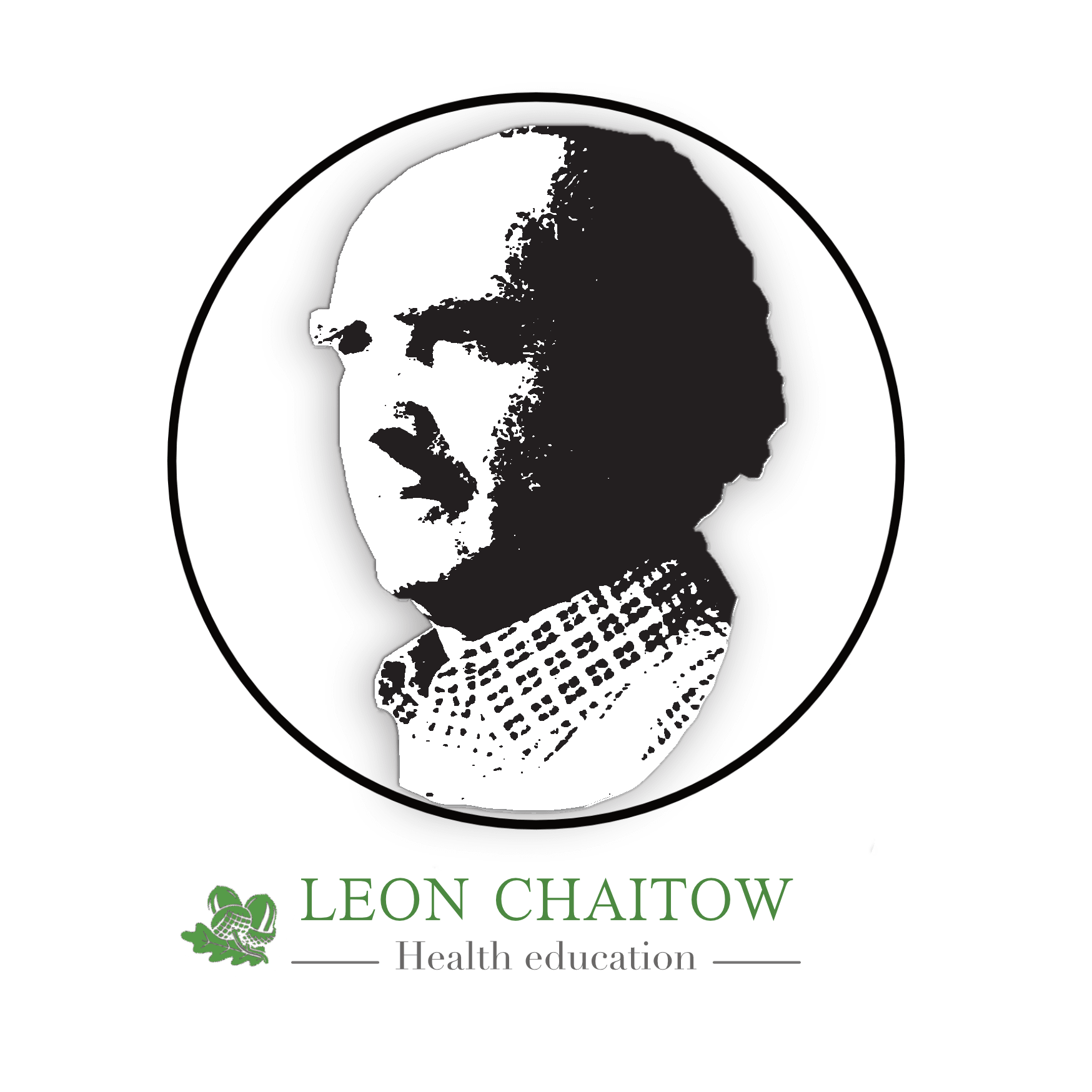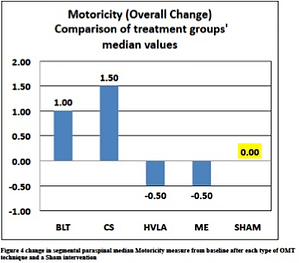In a manual medicine context, hysteresis is the rate at which connective tissue responds to the loading and unloading of a compressive (deforming) force. More specifically it is defined as the difference in viscoelastic behavior (energy loss) (Chila 2010)
Hysteresis study (Barnes et al 2012)
240 subjects were palpated and assessed for cervical articular somatic dysfunction (SD)
4 osteopathic techniques – or a sham – were randomly applied to the most severe areas of SD :
- Muscle Energy Technique
- Counterstrain
- Balanced Ligamentous Tension
- HVLA
A durometer objectively measured myofascial structures overlying each cervical segment pre- and post- intervention, using a single consistent piezoelectric impulse, quantifying 4 hysteresis [tissue texture] characteristics
- fixation
- mobility
- frequency
- motoricity (defined as ” overall dysfunction of a segment”)
RESULTS
Baseline changes were noted for each OMT technique, but not for Sham interventions.
Counterstrain resulted in the most significant motoricity change (p-value 0.04)
Further reading suggestion:
2 Fascia’s function: Classical osteopathic perspectives and current research compared
References
1/ Educational Council on Osteopathic Principles, Glossary on osteopathic terminology, 2010. In: Chila, A. (Ed.), Foundations of Osteopathic Medicine, 3rd ed.Lippincott Williams & Wilkins, Philadelphia, PA, p1087
2/ Barnes P Laboy F Noto-Bell L et al 2013 A comparative study of cervical hysteresis characteristics after various osteopathic manipulative treatment (OMT) modalities. Journal of Bodywork & Movement Therapies 17:89-94


